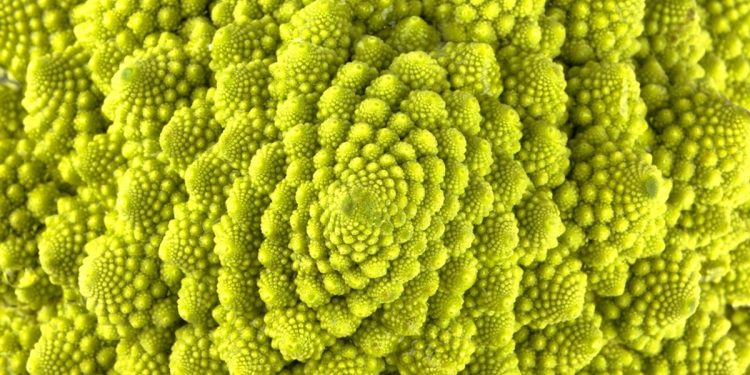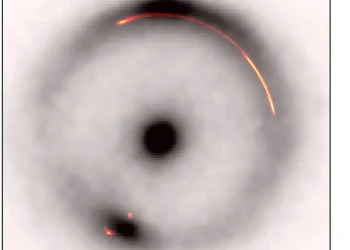TThe botanical world is generally pretty good at following certain rules. It was previously thought that, because Fibonacci sequence is present in the structure of many existing plant species, it must have evolved in some of the earliest living plant species. However, an ancient species, one of the first examples of a plant with leaves in the fossil record, threw a wrench in the wheels of understanding by having leaves arranged in such a way that Fibonacci numbers cannot describe.
The rest of this article is behind a paywall. Please log in or subscribe to access the full content.
The Fibonacci sequence is a series of numbers where each number is the sum of the previous two. The sequence starts with 0, 1, 1, 2, 3, 5, 8, etc. Most living plants have organs that emerge 137.5 degrees from the previous organ, thus creating continuous spirals with the number of clockwise and counterclockwise spirals forming consecutive numbers in a Fibonacci sequence. Common examples of this can be seen in sunflower heads and pine cones.
Club foam Asteroxylon mackiei is an extinct species of lycopod belonging to the first clade of leafy plants, Drepanophycales. All living lycopod clades have species with Fibonacci spirals, however, in the Lower Devonian family Lycopodiales, non-Fibonacci species outnumber those with Fibonacci spirals, and scientists still wonder why this might be the case.
Asteroxylon mackiei is a fossil species more than 400 million years old. The fossilized remains were discovered at Rhynie Chert in Aberdeenshire, Scotland, in 1969, and cross sections of the plants were taken. In this study, 3D printed reconstructions were made from the cross sections to better understand the arrangement of these unusual leaves.
“Our model of Asteroxylon mackiei Let’s take a look at leaf layout in 3D for the first time. The technology to 3D print 407 million year old plant fossils and hold them in your hand is truly incredible. Our results provide a new perspective on the evolution of Fibonacci spirals in plants. said Dr. Sandy Hetherington, evolutionary paleobiologist and project leader, in a statement.
While two of the reconstructions following a Fibonacci spiral pattern have eight counterclockwise spirals and one reconstruction has seven and the last has nine, both non-Fibonacci numbers. Both reconstructions had no spirals and instead grew their leaves in rings along the stem.
“Through these reconstructions, we were able to track individual leaf spirals around the stems of these 407 million-year-old fossil plants. Our analysis of leaf arrangements in Asteroxylon shows that very early clubmosses developed non-Fibonacci spiral patterns,” said Holly-Anne Turner, first author of the study,
These results suggest that plants alive today may have evolved leaves arranged in Fibonacci spirals throughout plant evolution and not through ancient plant genes like Asteroxylon mackiei. The research also suggests that the evolution of the leaves of these clubmosses may be evolutionarily distinct from that of other plant groups.
The article was published in the journal Science.
An earlier version of this story was published in 2023.









